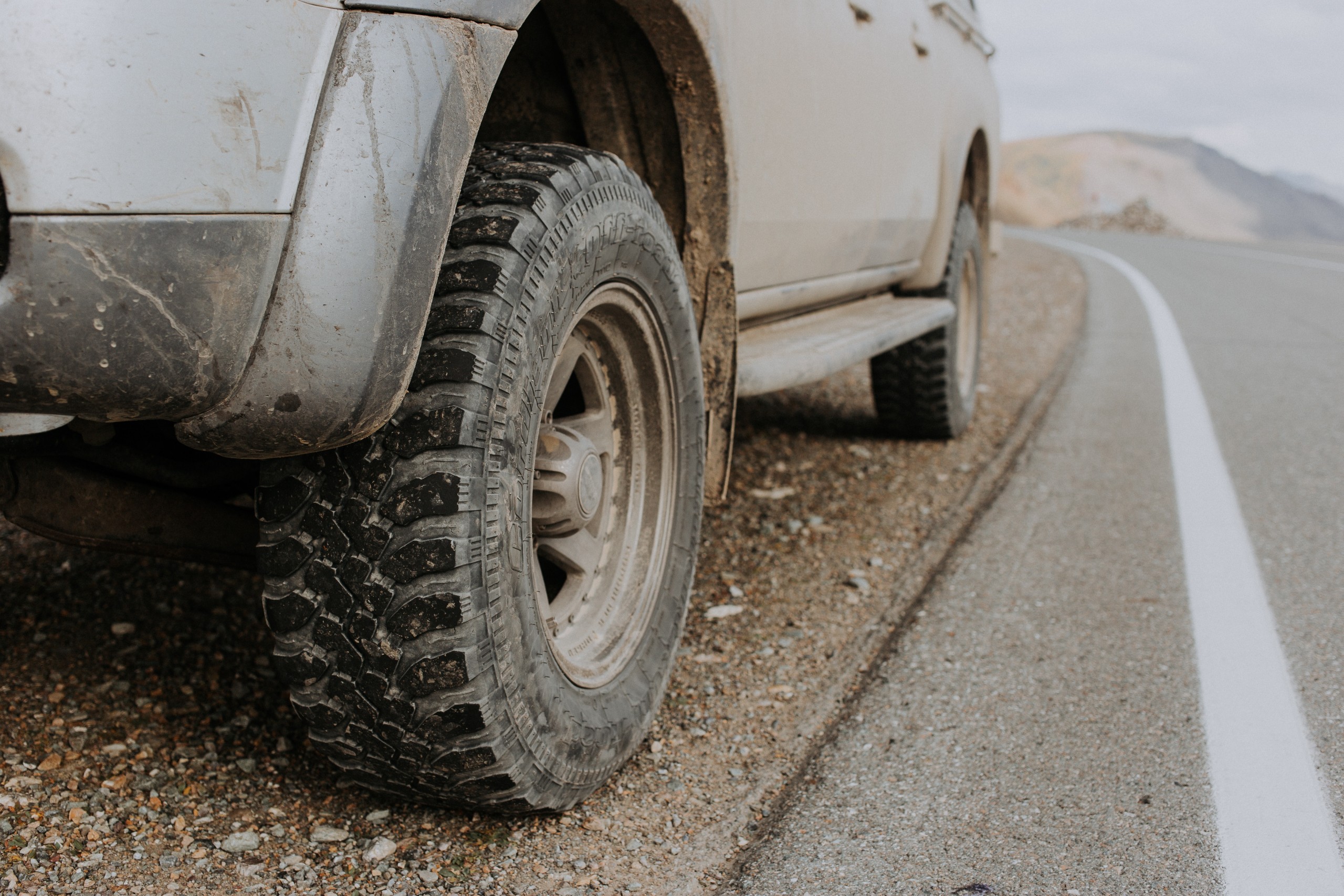Mountain high
Guest
Sensor life of 3 years. Batteries not included.
Are you suggesting that the salesman might not be completely truthful?? Can't possibly happen!Since nitrogen is a non-flammable, colorless, odorless and tasteless gas how would one verify that the tires are filled with it versus being full of hot air?
Are you suggesting that the salesman might not be completely truthful?? Can't possibly happen!
Capture some of the air in the tire in a balloon, then see if it snuffs out a flame when released gently past it. No oxygen = no flame.Since nitrogen is a non-flammable, colorless, odorless and tasteless gas how would one verify that the tires are filled with it versus being full of hot air?
The tires were OEM and were over 4 years old. Westlake Tires.



Fine. The next time I have a GCW of 200,000 pounds that I expect to be driving at 150 mph, I'll make sure the tires are filled with nitrogen....This resulted in an FAA Airworthiness Directive on certain transport category aircraft to have placards installed (and maintenance manual revisions) to require that the wheels be inflated with dry nitrogen only. These were aircraft such as the Boeing 727, Lockheed L1011, etc. By the time the newer generations of aircraft came into being, Dry nitrogen in the tires was a part of the certification requirements, and specified in the maintenance manuals from the very beginning. Its part of the culture now.
...
I have always wondered about this. We have not reached our trailers max tow capacity in the 4 years we've owned it. After doing the math on the tires weight capacity, axle capacity, and knowing tongue weight is put on the truck, it still made me wonder why other tires with higher capacity aren't used?Most RV trailer tires are sized to be barely adequate for the trailer GVWR, which means that every moment of their lives is spent at its maximum stress point. Whether rolling or siting. It should not be too suprising that RV trailer tires typically have relatively short life spans in terms of calendar time.
I have always wondered about this. We have not reached our trailers max tow capacity in the 4 years we've owned it. After doing the math on the tires weight capacity, axle capacity, and knowing tongue weight is put on the truck, it still made me wonder why other tires with higher capacity aren't used?

By moving up to the next load range would solve that, right?Most RV trailer tires are sized to be barely adequate for the trailer GVWR, which means that every moment of their lives is spent at its maximum stress point. Whether rolling or siting. It should not be too suprising that RV trailer tires typically have relatively short life spans in terms of calendar time.
If available, yes. But often a larger size is needed to get additional load capacity. For example, the trailer maker may have skimped by using 15" wheels where 16" is a better design choice, or may have chosen a narrow tire that is already at its max load range value.By moving up to the next load range would solve that, right?
Also, don't forget to check your rims. They have pressure limits. No good putting a tire that you can run higher pressure with on a rim that won't take it.If available, yes. But often a larger size is needed to get additional load capacity. For example, the trailer maker may have skimped by using 15" wheels where 16" is a better design choice, or may have chosen a narrow tire that is already at its max load range value.
